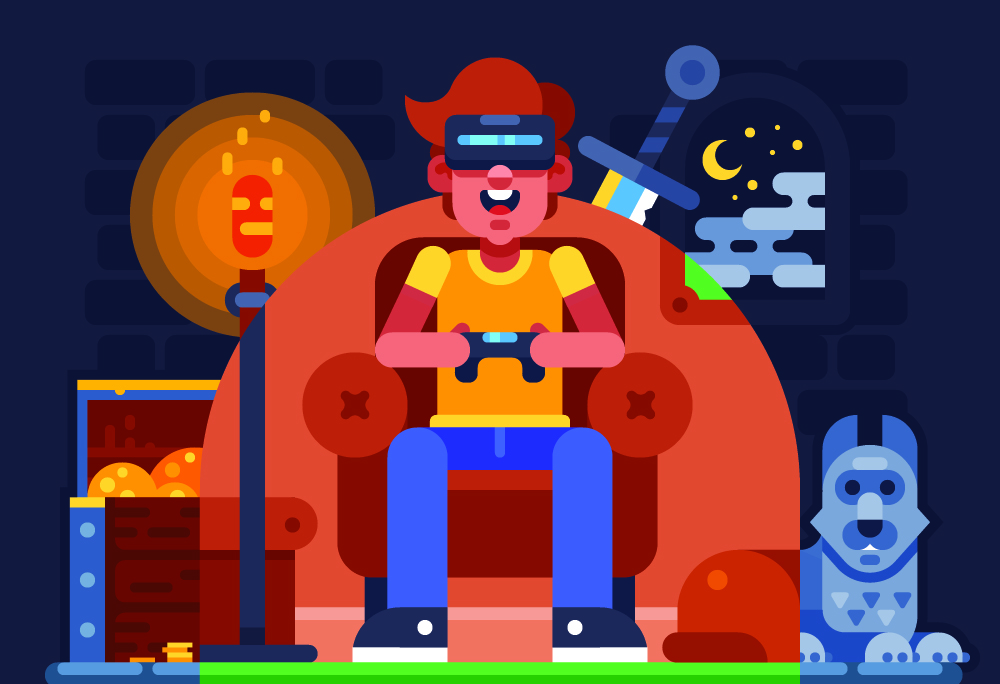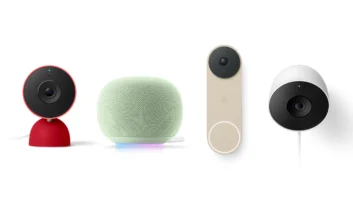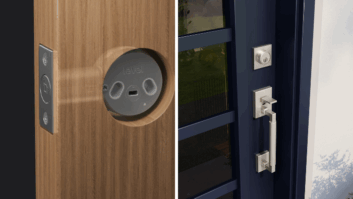
Everyone agrees that virtual reality is an exciting but still nascent technology, poised to be the next big thing.
While the first part of statement is true, however, the second may not be.
According to IDC, sales of VR gear dropped from 6.7 million units in 2017 to just a projected 4.6 million units in 2018. While IDC forecasts VR sales will rise slightly to 5.7 million units this year, this is not the sales graph a new vibrant technology is expected to follow.
“Mainstream consumers aren’t terribly interested in the technology today, and use cases such as live sports and social haven’t driven adoption the way many — myself included — had expected,” admitted Tom Mainelli, manager of IDC’s devices group.
See also: Sony Demos Augmented Reality Air Hockey
Mainelli faults two sub-VR categories for the sales decline — screenless, “where category leader Samsung stopped pushing its solution,” and Microsoft’s mixed reality (MR) platform, even after a successful launch of Samsung’s second generation Odyssey+ MR head-mounted display (HMD).
“Enthusiasm seems to have waned pretty dramatically from both Microsoft and its partners,” Mainelli observed. “I can’t help but think that Microsoft’s insistence on calling these VR products ‘mixed reality’ didn’t help matters.”
“The drastic price cuts that we’ve seen certainly don’t bode well for the platform,” echoed Michael Inouye, principal analyst for ABI Research. “We should soon learn if the PC manufacturers are committed to the market.”
The home VR market seems to be coalescing around stand-alone HMDs such as the Oculus Go ($199), the Lenovo Mirage Solo Daydream ($399) and the highly-anticipated next-gen Oculus Quest ($399, spring). IDC reports that shipments of stand-alone HMDs grew from 2 percent in 2017 to a projected 19 percent in 2018, with a 25 percent increase forecast for this year. But there remain lingering logistic, technology and content issues stalling mass consumer adoption of VR.
See Also: What Cryptocurrency Could Mean For eSports
“VR can require more dedicated spaces, and this creates challenges for some households,” opined Inouye. “There are also some consumers who simply refuse to wear any head mounted displays or glasses, and a subset of consumers get motion sickness from VR and may never be future VR user candidates.”
“Only” 4K resolution, which still leaves visible space between pixels, so-called “front 180” views rather than spherical 360-degree views, and limited degrees of freedom (DoF) to move around a virtual environment, also remain technical challenges.
“More resolution is always good, but pushing all those pixels taxes processors and battery life,” explained Mainelli. “It’s more important to smartly render where the user’s eyes are looking, versus just adding more resolution, so eye tracking is vitally important. 6DoF is key, and that is here, but still improving. The technology will continue to advance, but it’s up to the developers to figure out what people really want from the technology.”
See also: How Smart Will AI Get?
Like most new platforms, VR needs to move beyond simply porting old content.
“We are still waiting for the killer app that drives up adoption,” insisted Mainelli. “In the end, social is probably going to be the area that does this, but today’s social apps are too rudimentary. Jumping into a virtual world to sit around a table with avatars of our friends and family isn’t compelling; social needs to be part of an activity of some sort.”
“Social VR is very much a work in progress,” agreed Inouye. “Without naming names we’ve certainly seen cases where virtual avatars and conversations between users may not fit the gravity of the virtual environments. Social VR, like many other social aspects of the Internet, also affords a great deal of anonymity, or at least perceived anonymity, among users, which carries all of the negative aspects of the web that we see in more traditional forms of communication and social networking.”
What may ultimately spur VR sales is experiential — not at retail, but in the growing number of VR parlors.
“Out of home is and will continue to be the way many people have their first good VR experience,” Mainelli said. “Broadly, I think these two segments are symbiotic, and over time the out-of-home experiences will drive more consumers to seek out products for home use. Regardless of today’s challenges, it’s hard not to see VR playing a key role in our lives down the road.”













